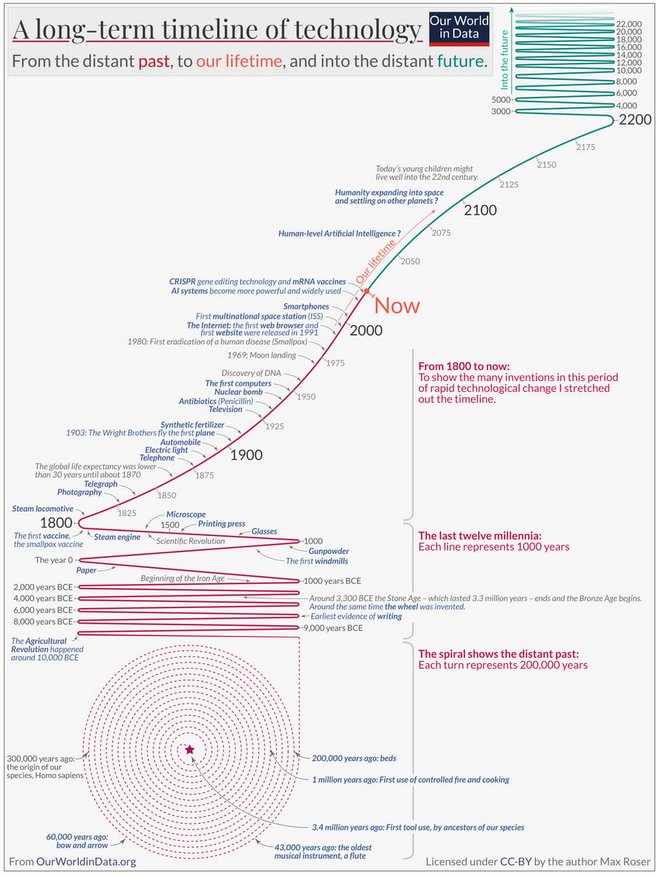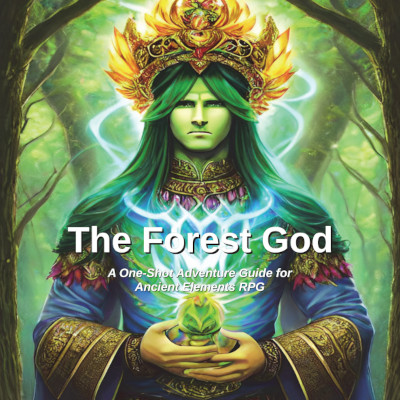This is a very interesting post on from Quora discussing this issue in detail. I particularly liked the chart! Enjoy!
Let me show you a little chart.

People think of the long millennia without major technological advancements in fantasy stories like The Lord of the Rings as “unrealistic”. This is absurd for a few reasons. The first is that the genre is called “fantasy” – it is not meant to be realistic. I could go on about how magic exists in Middle-Earth and that technology is birthed out of need, and when you have magic you don’t need technology as much – or any other many arguments but instead I’ll point out that going thousands of years without very much of a change is realistic.
You’ll note in the chart that technological advancement is exponential, meaning that the further along the timeline we go, the faster it advances. The opposite is true – the further back we go, the slower technological advancement works. Note that it only really started to pick up right around where steam engines and vaccines were invented – before that thousands of years would pass that would be more or less the same. Note that in The Lord of the Rings they are not quite at the “gunpowder” stage, though they have fireworks and Saruman had something that was likely like an early blasting powder – he was a wizard and this wasn’t something he made available to the masses – most of whom assumed it was “magic” and beyond their reach.
Note that before the gunpowder stage, the main advancements are paper and windmills. Note that paper is mentioned a few times in The Hobbit and many times (and in many different forms) in The Lord of the Rings, but not at all in The Silmarillion. Note that windmills are never mentioned in any work – mills are mentioned twice in The Lord of the Rings, but they are likely water-mills in The Shire. So, technologically, The Lord of the Rings is somewhere after “paper” but before “windmills” and The Silmarillion is somewhere before “paper”. While The Silmarillion doesn’t mention The Wheel as a technological invention specifically, the word wheel is used several times as a metaphor and a description of movement. We can certainly believe the dwarves would have had the wheel in Khazad-dum, it would be an actual requirement to build something so massive underground – so let’s make a very strong assumption that by the end of the First Age, they are after “the wheel” on that chart. Just the fact that the “1800 to now” chart is around five times as tall as the section that represents 12,000 years says a lot.
How much time is between The Wheel and Paper? About 3,000 years or so. Now, there actually were times when technology started to grow at a faster rate, but then something terrible would happen, like the Akallabêth that wiped Númenor off the map. Tolkien’s world is a heavily post-calamity land that has had a lot of setbacks – but then again so is our world. The fact is, technology doesn’t start to move quickly until inventions like steam engines, printing presses and more recently, electronic computers (only 80 years ago!) These sorts of things speed things up, and as we are mortals who only exist in our own time, we may assume that the past was like that as well – three thousand years ago would be unrecognizable to people of today, but if the people of three thousand years ago went back three thousand years before their time, the difference would be rather small.


